Rustic home decor has a unique charm that transforms any space into a warm, inviting sanctuary. For those seeking to craft a cozy retreat or infuse their living areas with authenticity, rustic home decor crafts offer endless possibilities. Whether you’re aiming for a minimalist aesthetic or a more robust, earthy vibe, these DIY projects provide a personal touch that enhances your home’s character. From simple handmade decorative pieces to more intricate designs, rustic crafts allow you to channel your creativity while embracing natural elements that evoke a sense of nostalgia and simplicity. This guide dives into the art of crafting rustic home decor, exploring everything from essential tools and materials to tips for achieving that authentic look, making it a valuable resource for anyone eager to bring a touch of nature indoors.
Key Takeaways
- Define Rustic Decor: Achieve an authentic look by incorporating natural elements and weathered finishes.
- Essential Elements: Use weathered wood, stone accents, natural fabrics, vintage pieces, and earthy tones.
- Color Palette: Opt for muted greens, sage, warm grays, mustard yellows, deep terracotta, soft peaches, driftwood grays, weathered whites, charcoals, and muted taupes.
- Modern Rustic Blend: Combine sleek, minimalist furniture with natural textures for a sophisticated ambiance.
- Country Chic Details: Embrace floral motifs, vintage inspirations, cozy textures, and warm color schemes for a welcoming feel.
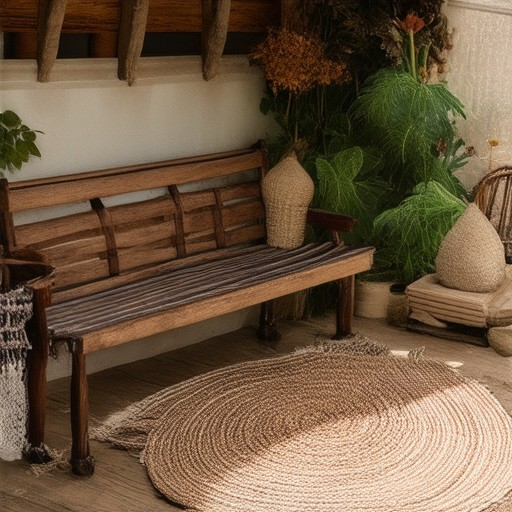
How To Make Your Home Look Rustic
To achieve a rustic look in your home, focus on incorporating natural materials, earthy tones, and weathered elements. Here’s a step-by-step guide:
- Flooring :
- Opt for wide plank wooden floors or stone tiles to create a sturdy, grounded base for your rustic design.
- Walls and Ceilings :
- Add texture with exposed brick walls or faux beam ceiling treatments. These elements enhance the natural, weathered aesthetic.
- Furniture :
- Choose rustic-style furniture made from reclaimed wood, such as dining tables, benches, or cabinets. Incorporate leather or woven textures for added character.
- Lighting :
- Use lanterns or wall sconces with iron frames or distressed finishes. Consider Edison bulbs for a warm, nostalgic glow.
- Color Palette :
- Stick to earthy tones like terracotta, olive green, or muted brown. These colors evoke a sense of warmth and grounding.
- Window Treatments :
- Install wooden blinds or curtains made from natural fabrics like linen or jute to maintain the rustic theme.
- Textile and Rug Choices :
- Select throws, pillows, and rugs made from wool or sisal for texture and warmth.
- Decorative Elements :
- Display family heirlooms, vintage finds, or handmade items on open shelves or mantels. These items add personal touches and historical charm.
- Accessories :
- Use rustic-inspired accessories like vases, pottery, or antique clocks to finish off your space.
- Vertical Space :
- Maximize height with tall mirrors or plants to add visual interest without sacrificing the cozy feel.
By combining these elements, you can create a rustic retreat that feels inviting and authentically styled.
Understanding the Difference Between Rustic and Farmhouse Decor
Rustic and farmhouse decor are both popular styles in home design, but they offer distinct aesthetics and atmospheres. Here’s a breakdown of their key differences:
- Aesthetic and Feel: – Rustic Decor: Emphasizes a rough, natural beauty with weathered finishes, exposed wood, and stone. It has an untamed, outdoorsy vibe that feels connected to nature. – Farmhouse Decor: Presents a more polished yet simple look with clean lines, neutral tones, and a focus on functionality. It evokes a sense of warmth and comfort, often blending simplicity with sophistication.
- Color Palette: – Rustic Decor: Relies heavily on earthy tones, muted hues, and weathered colors that reflect the natural environment. – Farmhouse Decor: Uses softer, neutral shades like beige, gray, and white, often with accents of natural wood or muted pastels.
- Materials and Textures: – Rustic Decor: Features raw, untreated materials such as weathered wood, stone, and brick. It often incorporates elemental, primitive items. – Farmhouse Decor: Utilizes more refined materials like polished wood, smooth stone, and clean-lined furniture, giving it a more finished appearance.
- Furniture Style: – Rustic Furniture: Is typically bulky, irregular, and may show signs of wear. Pieces often have a handcrafted, artisanal feel. – Farmhouse Furniture: Tends to be sleeker with straight lines and a focus on practicality. It often includes pieces like sturdy dining tables, comfortable seating, and functional storage solutions.
- Overall Ambiance: – Rustic Spaces: Feel wild, adventurous, and free-spirited, ideal for cabins or country retreats. – Farmhouse Spaces: Create a welcoming, timeless atmosphere suitable for both urban and rural settings, often with a focus on family gatherings and casual comfort.
Both styles celebrate natural elements but differ in their presentation. Rustic decor leans toward the untamed and unconventional, while farmhouse decor offers a refined take on simplicity and functionality. Depending on your personal style preferences, you can choose the one that resonates most with your lifestyle and living space.
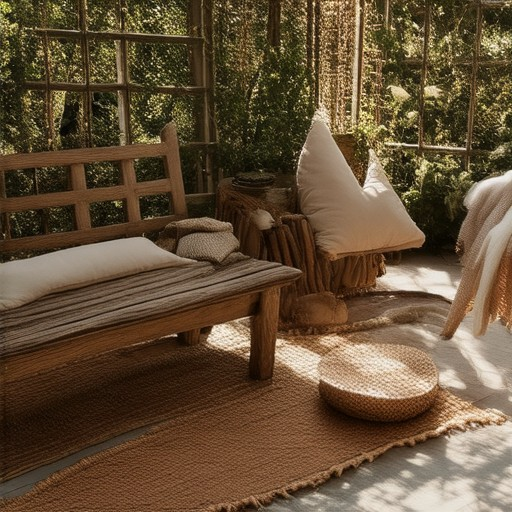
Rustic Crafts
Rustic crafts are a category of handmade items that emphasize natural beauty, simplicity, and a rough, unfinished aesthetic. These crafts often use repurposed, reclaimed, or naturally sourced materials to create unique, eco-conscious designs. Rustic styles are characterized by textures like wood grain, weathered finishes, or natural imperfections, giving pieces a timeless and earthy appeal.
Types of Materials Used in Rustic Crafts
- Upcycled Materials : Items repurposed from discarded objects, such as old furniture, metal scraps, or cardboard, are transformed into functional and artistic pieces.
- Reclaimed Wood : Wood that has been rescued from old buildings or trees, often showing signs of age and wear, is a popular choice for creating rustic furniture and decor.
- Industrial Materials : Metals, concrete, and other industrial remnants are combined to create bold, rugged pieces that stand out.
- Natural Elements : Items like stones, branches, or vines are incorporated to bring organic texture and color into designs.
Examples of Rustic Crafts
- Furniture : Handcrafted wooden tables, benches, and stools with visible knots, saw marks, or a distressed finish.
- Decor : Candle holders made from hollowed-out gourds, woven baskets, or iron frames with a patina finish.
- Jewelry : Necklaces and earrings featuring natural gemstones, leather cords, or metal components with a raw, untreated look.
- Home Accessories : Rustic lighting fixtures, wall art created from tree slices, or decorative bowls carved from stone or wood.
Tips for Getting Started
- Source Materials : Look for local salvage yards, hardware stores, or online marketplaces for affordable materials.
- Tools Needed : Basic tools like sanders, drills, and glue guns can be sufficient for many projects.
- Techniques : Learn simple woodworking, metalworking, or weaving techniques to bring your ideas to life.
Rustic crafts offer a way to connect with nature and create meaningful, sustainable items that reflect a bohemian or eco-conscious lifestyle. Whether you’re a seasoned crafter or just beginning, experimenting with rustic techniques can lead to unique and lasting creations.
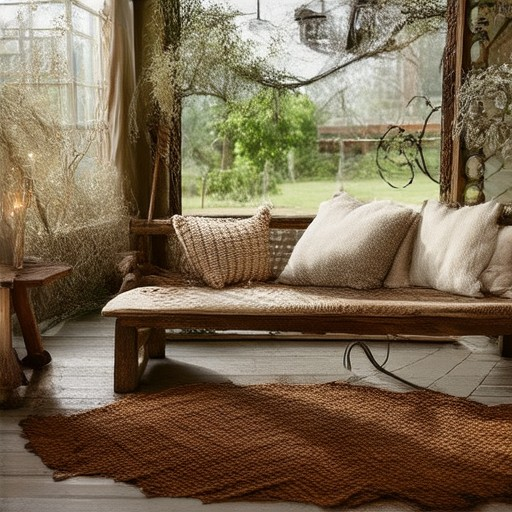
Example of Rustic Decor
Rustic decor is characterized by the use of natural elements, earthy tones, and weathered finishes. Here’s an example:
- Wooden furniture with a weathered finish, showcasing natural imperfections and age.
- Stone or brick accents, such as fireplaces or wall claddings, adding texture and warmth.
- Natural fabrics like linen or cotton, used in curtains, upholstery, or bedding.
- Vintage or antique pieces, including lighting fixtures like candlelit chandeliers or lanterns.
- Earthy color palette, featuring terracotta, olive greens, and muted yellows.
- Incorporation of natural elements like plants, flowers, or herbs, placed in decorative pots or baskets.
- Textured surfaces, such as woven baskets, distressed leather, or rough-hewn wood.
- Garden ornaments or outdoor furniture made from recycled materials or natural wood.
This style often blends seamlessly with nature, creating a cozy and inviting atmosphere.
Rustic Colors
- Muted Green: A versatile color that evokes feelings of nature and tranquility.
- Sage Green: A softer, lighter green that complements earthy tones.
- Warm Gray: A neutral color that adds texture and depth to a space.
- Mustard Yellow: A sunny, warm color that adds a pop of brightness.
- Deep Terracotta: A rich, reddish-brown color that exudes warmth.
- Soft Peach: A delicate, pastel shade that adds a touch of femininity.
- Driftwood Gray: A cool, grayish-brown color perfect for coastal vibes.
- Weathered White: A faded, off-white color that suggests age and charm.
- Charcoal Gray: A sleek, modern take on gray with a touch of mystery.
- Muted Taupe: A sophisticated, earthy color that blends well with others.
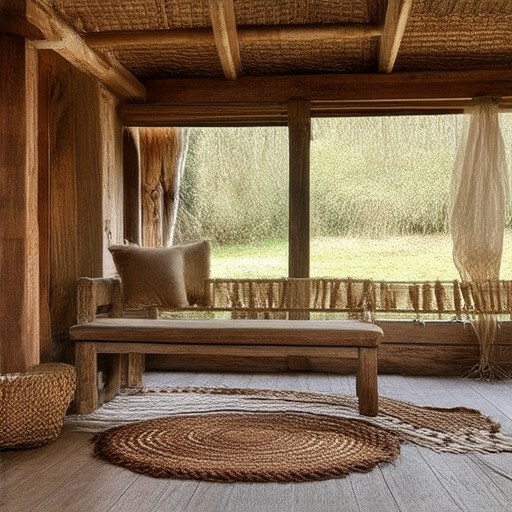
Modern Rustic Style
Modern Rustic style, also known as Rustic Chic, is a design trend that blends the simplicity of modern living with the warmth and texture of natural elements. This style often incorporates organic shapes, weathered finishes, and natural materials like wood, stone, and metal to create a relaxed yet sophisticated ambiance.
Rustic Modern design typically features:
- Sleek, minimalist furniture with clean lines
- Natural textures such as weathered wood or stone
- Neutral color palettes with hints of earthy tones
- Simple decorative elements like vases, lanterns, or woven accents
- A focus on functionality combined with a touch of history
Country Chic, another related style, often takes a slightly different approach by emphasizing traditional rural aesthetics. This can include:
- Floral patterns or botanical motifs
- Vintage-inspired pieces
- Cozy textures like plush upholstery or woven blankets
- Brightness and warmth through soft color schemes
Both styles share a common appreciation for natural beauty and timeless design, making them popular choices for creating inviting and authentic living spaces.

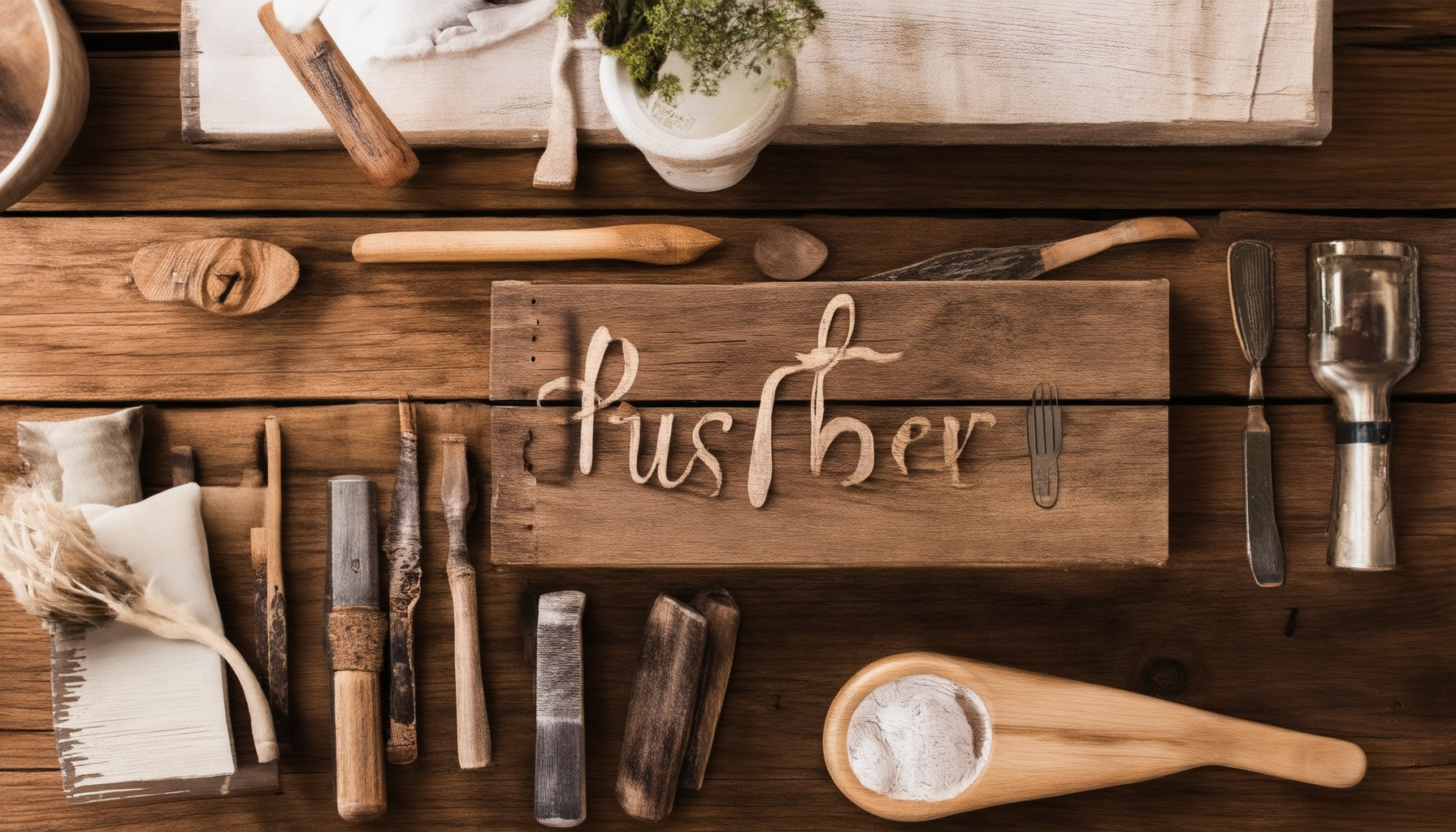


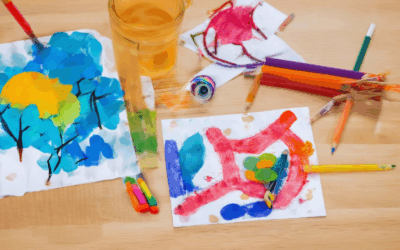
0 Comments